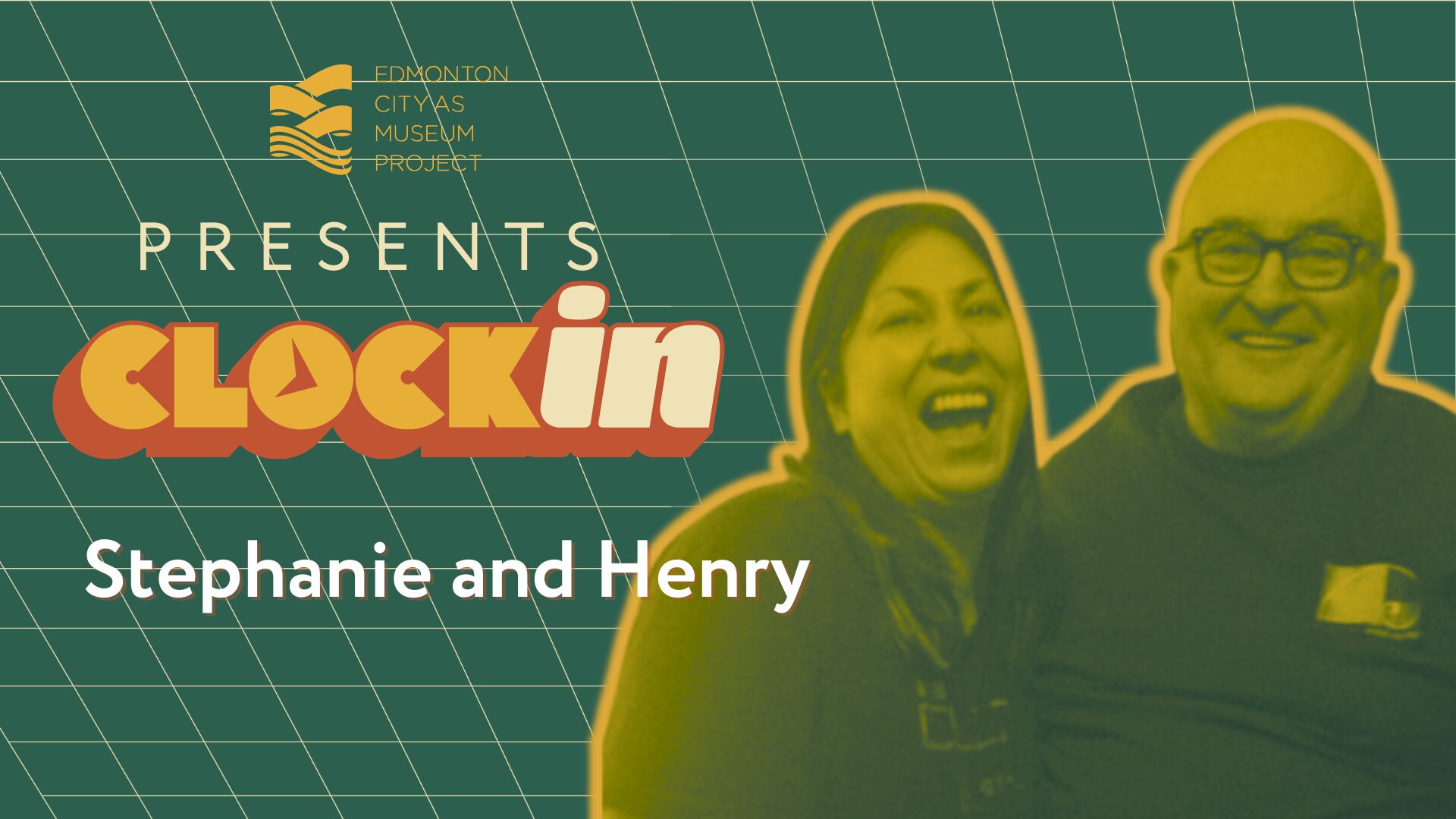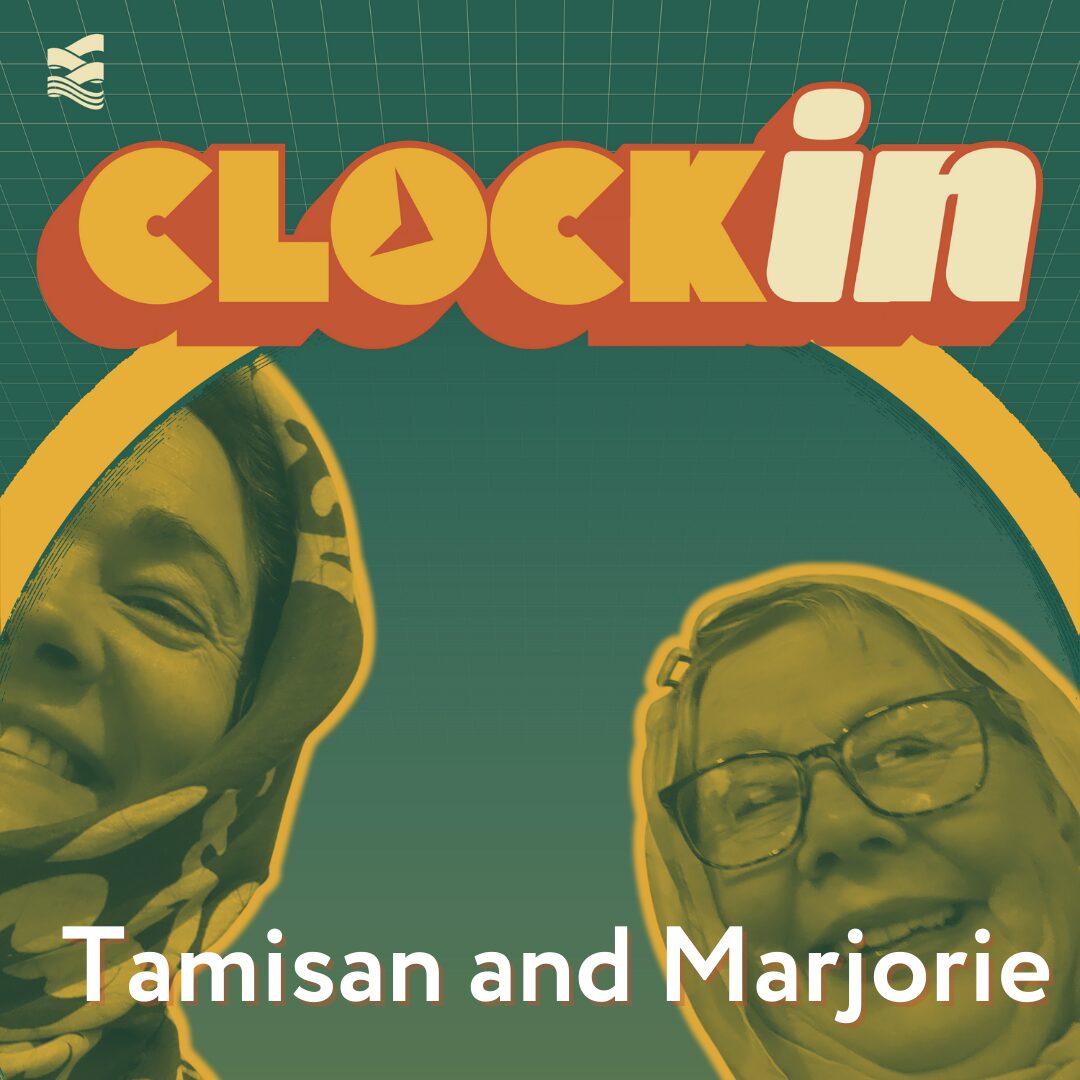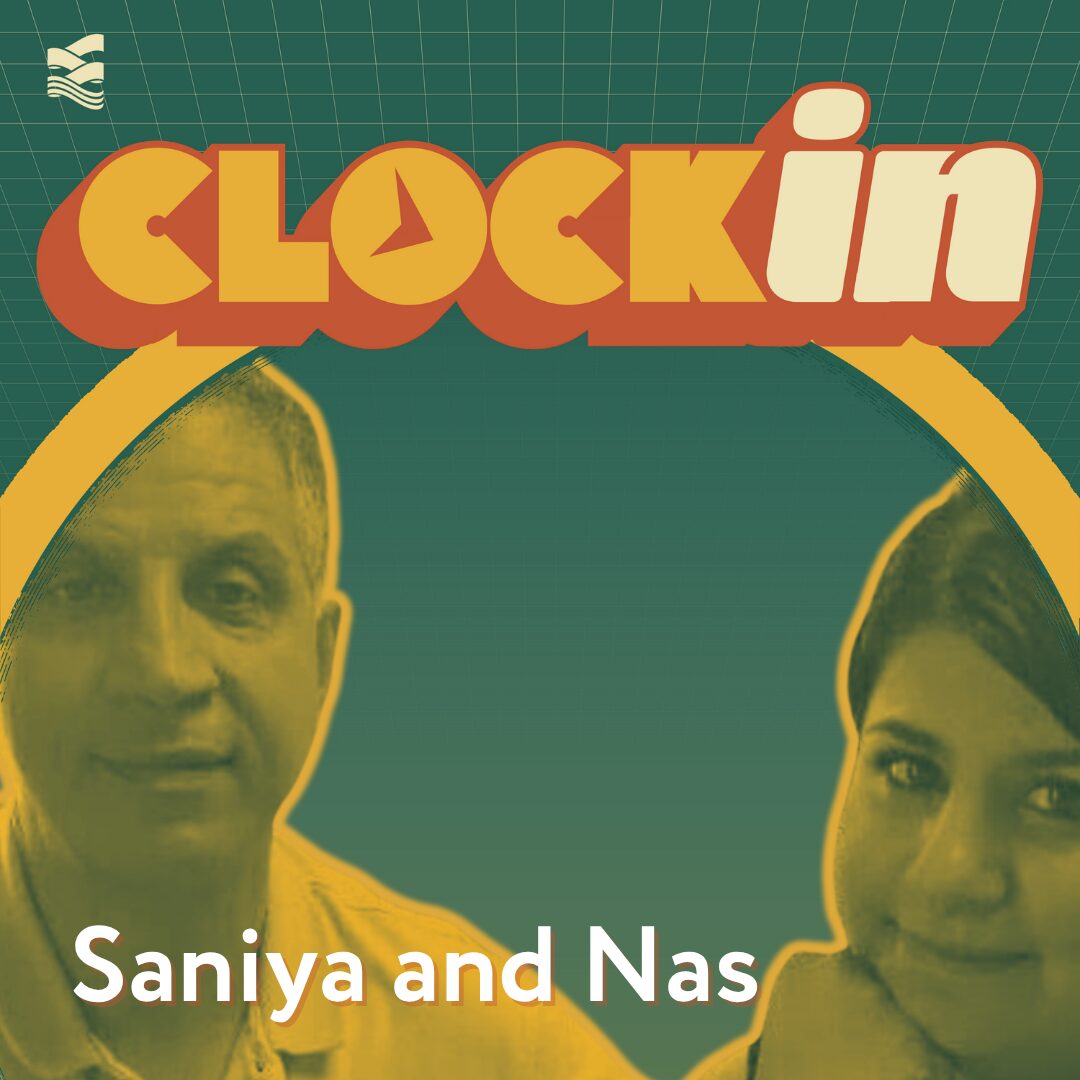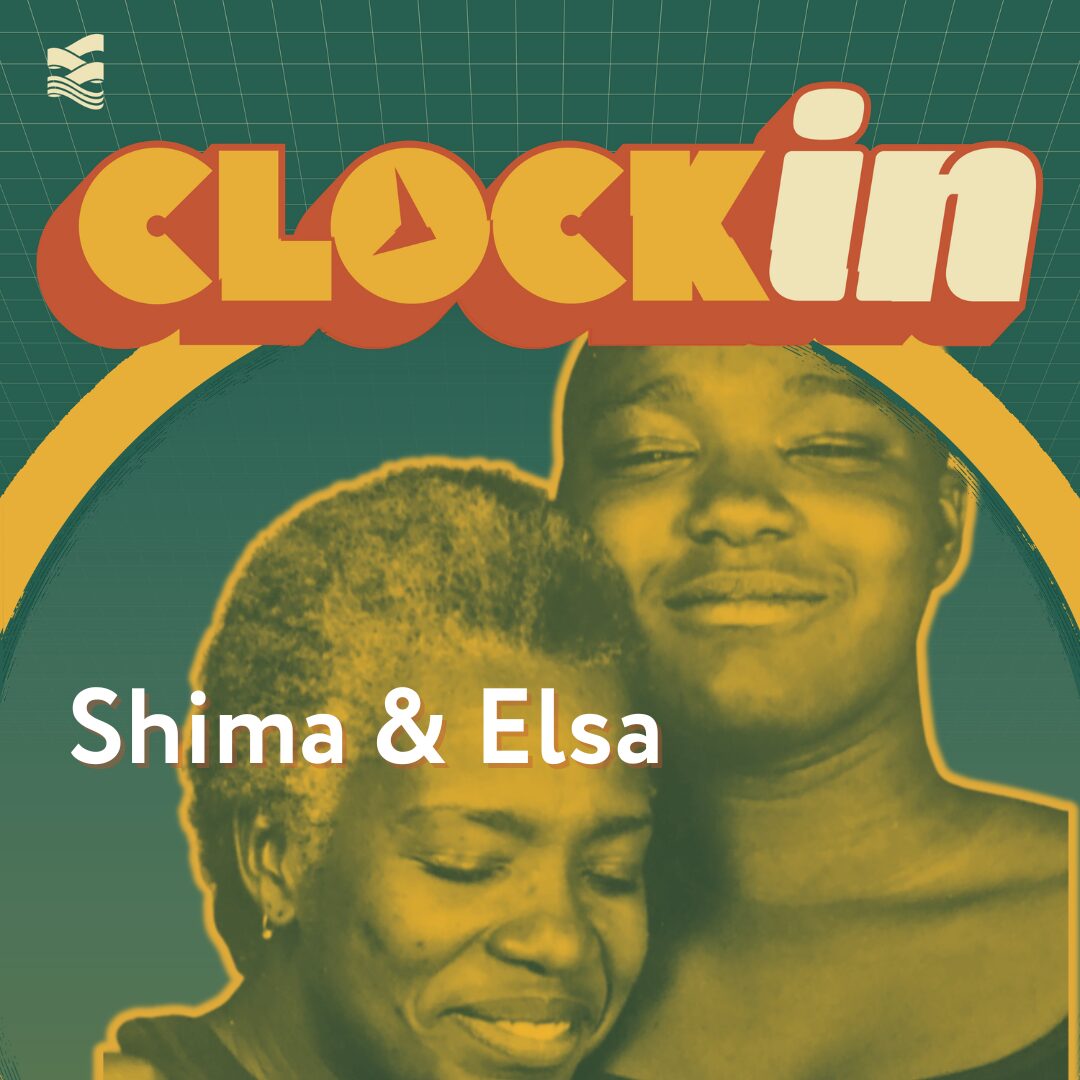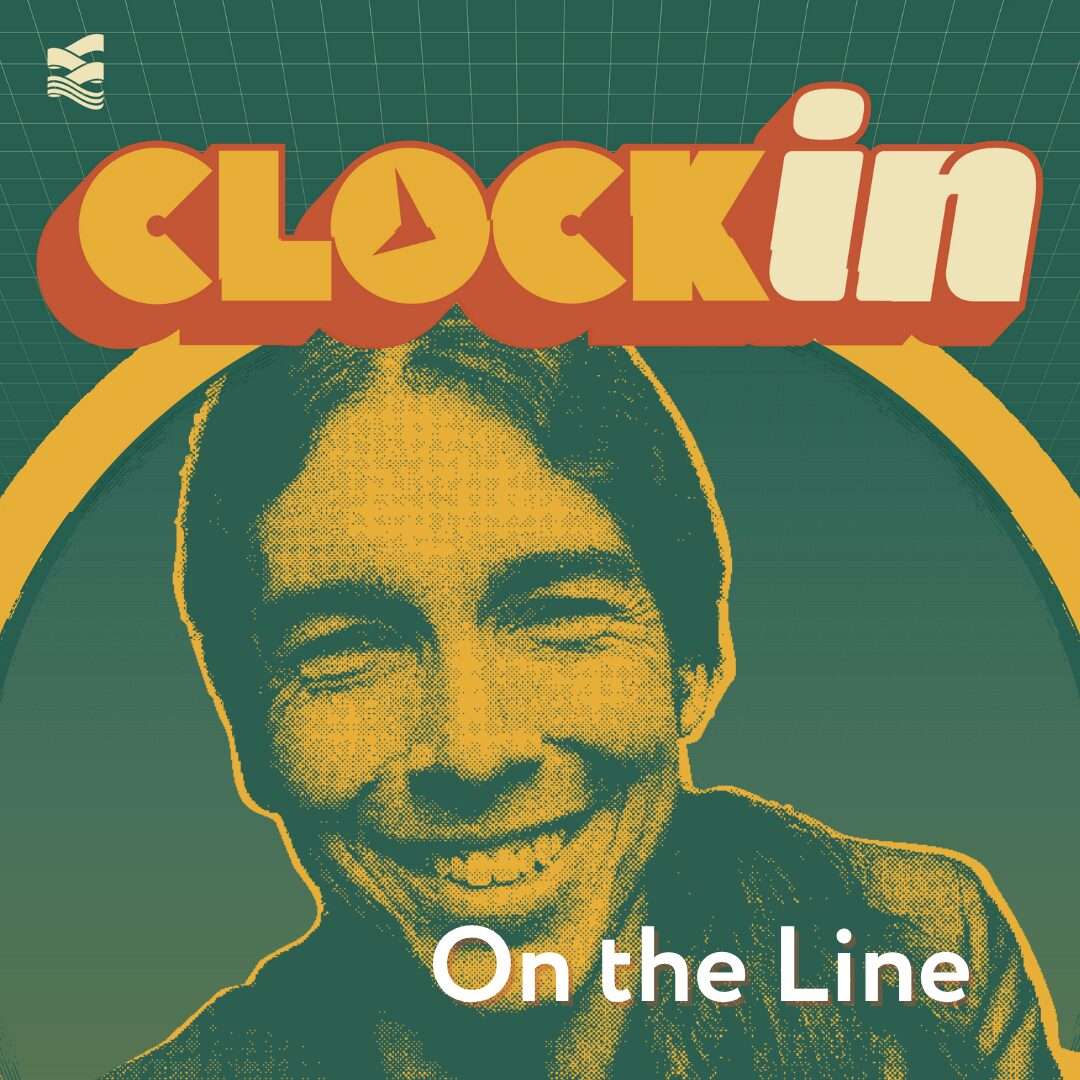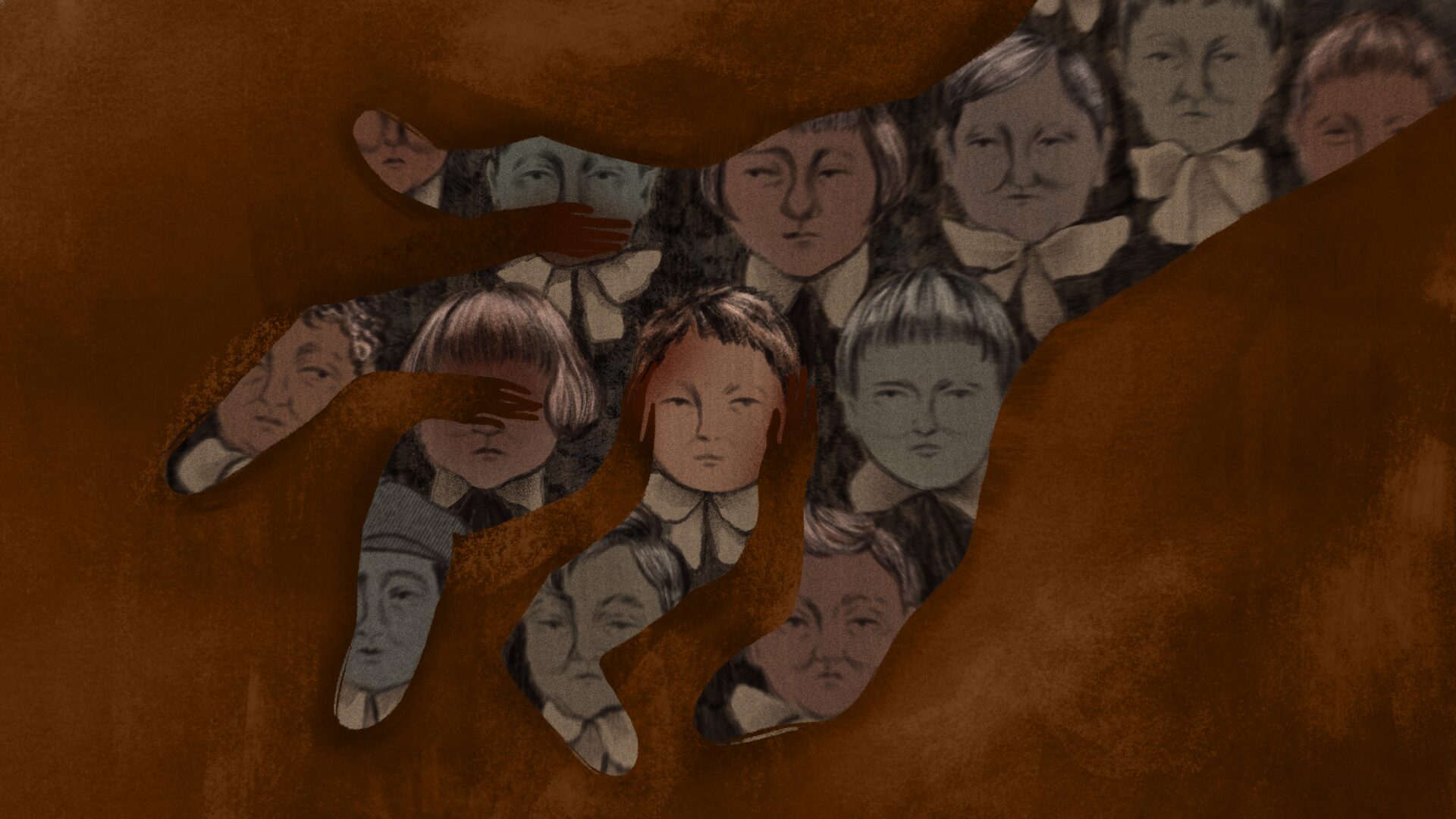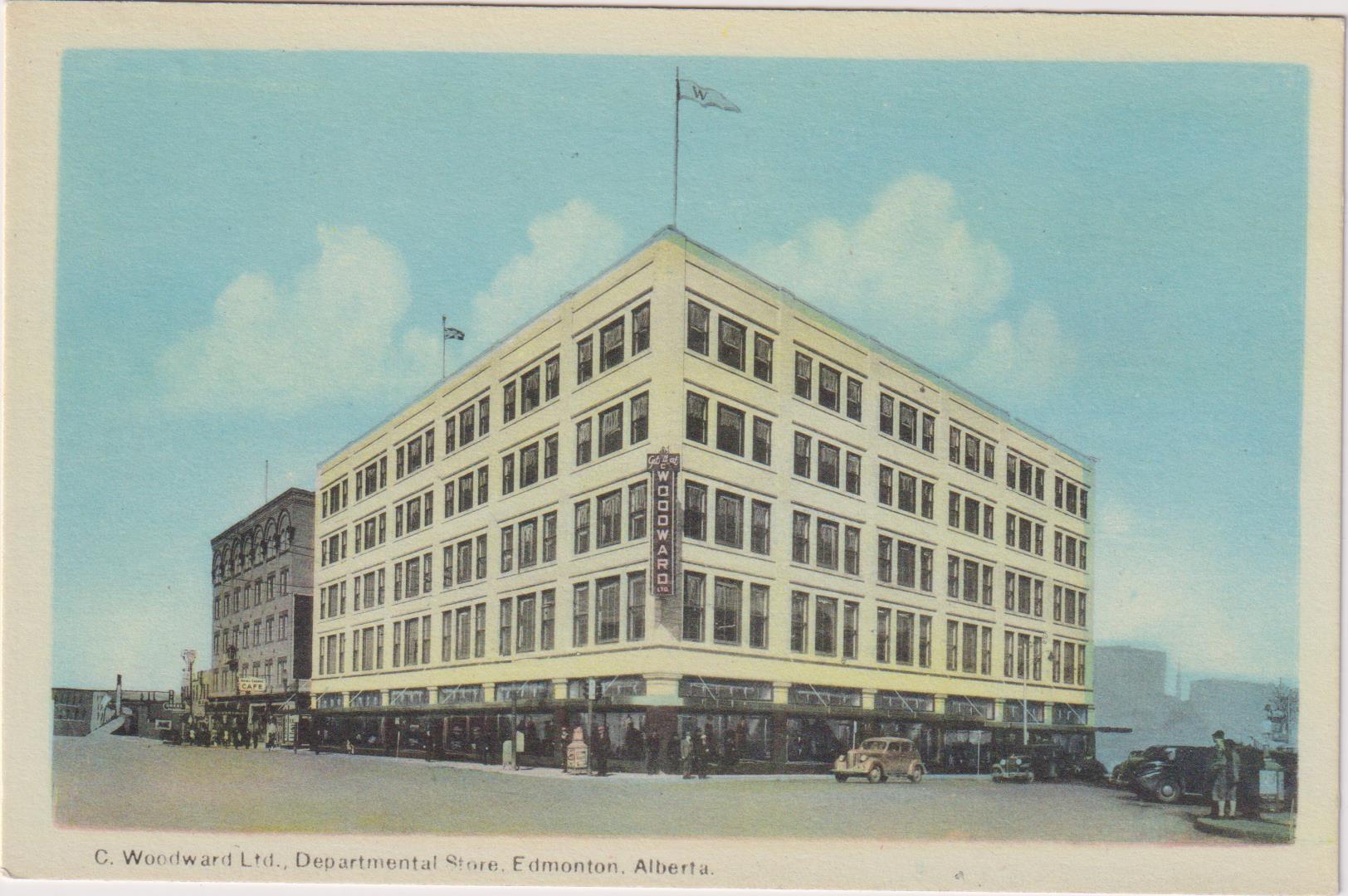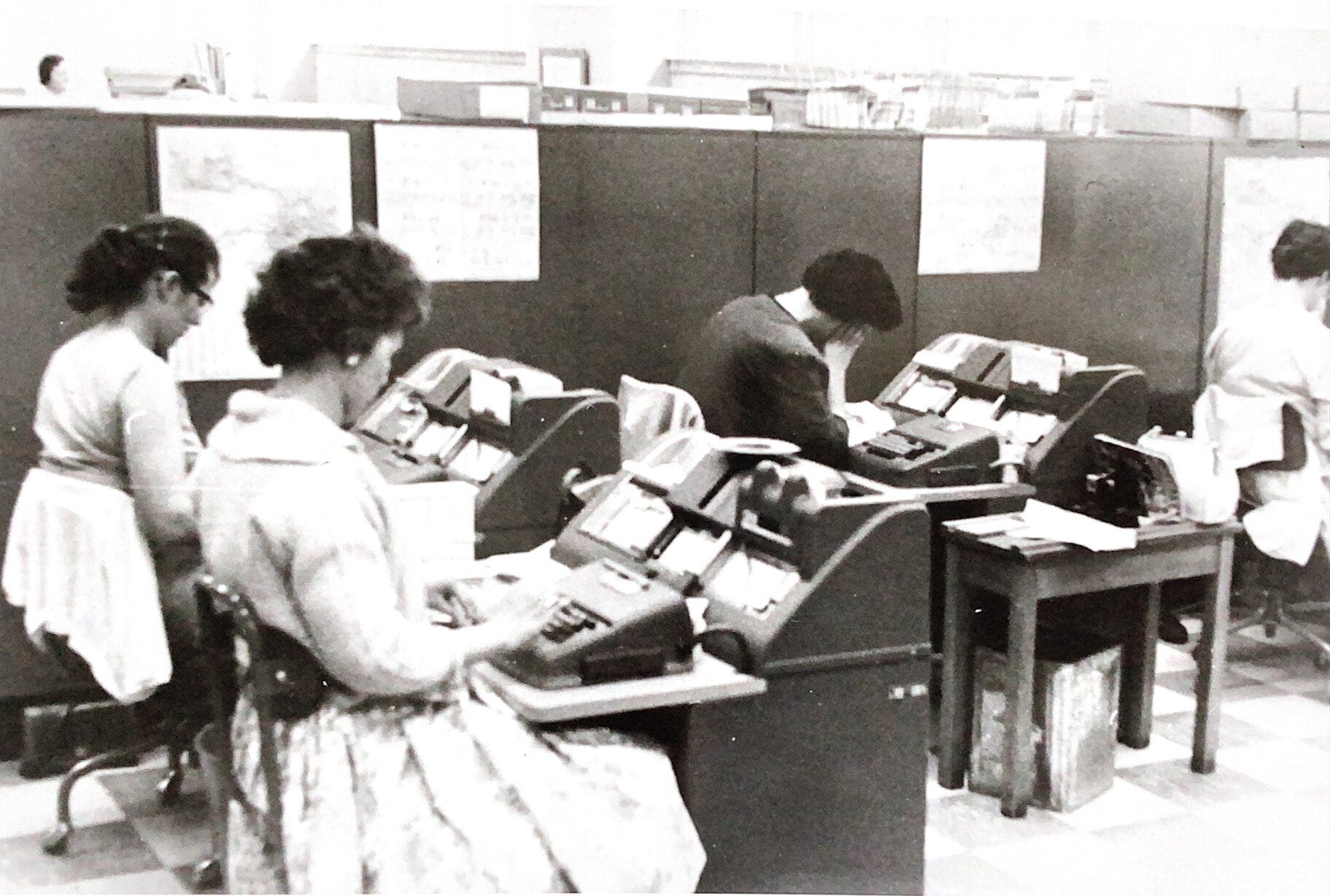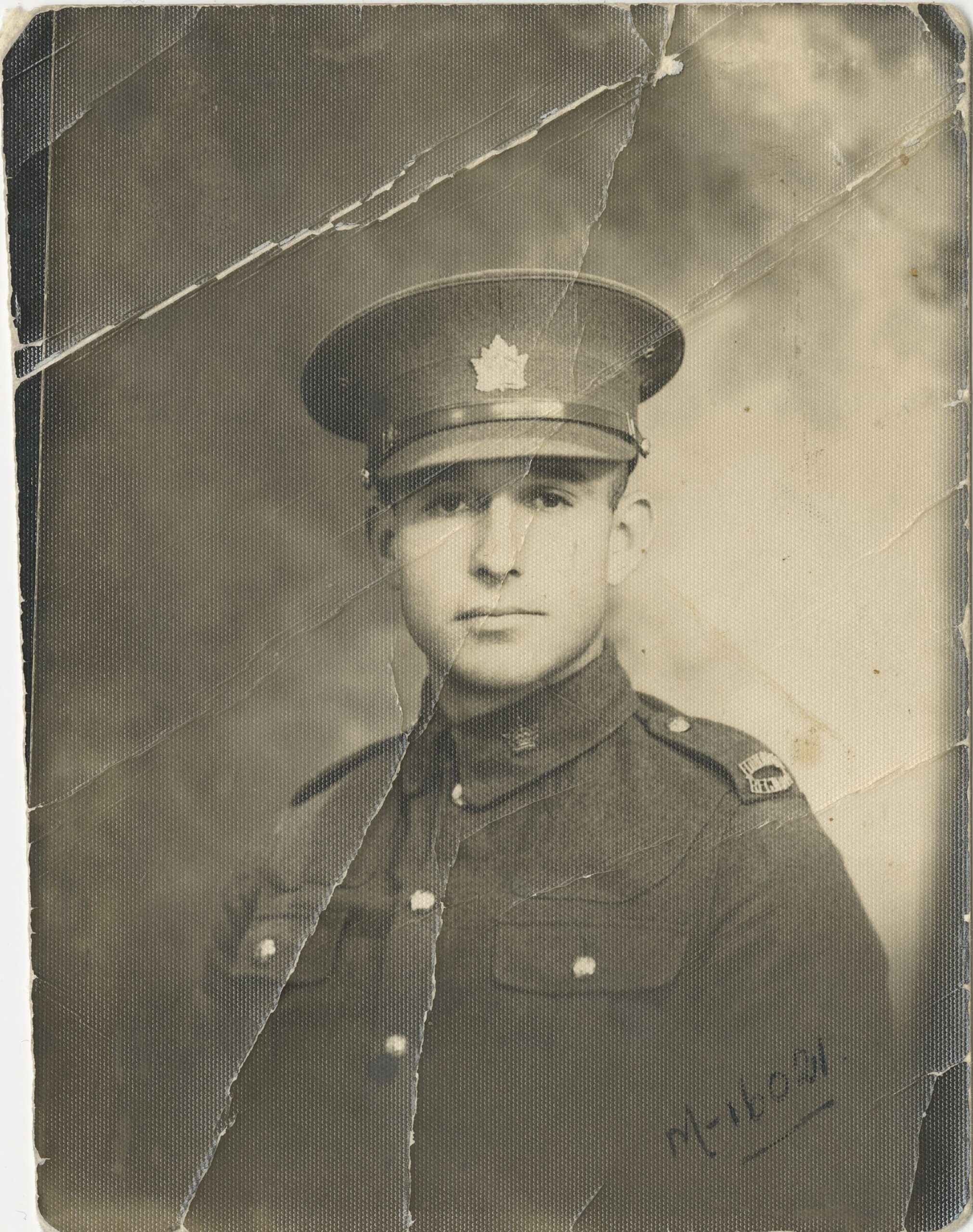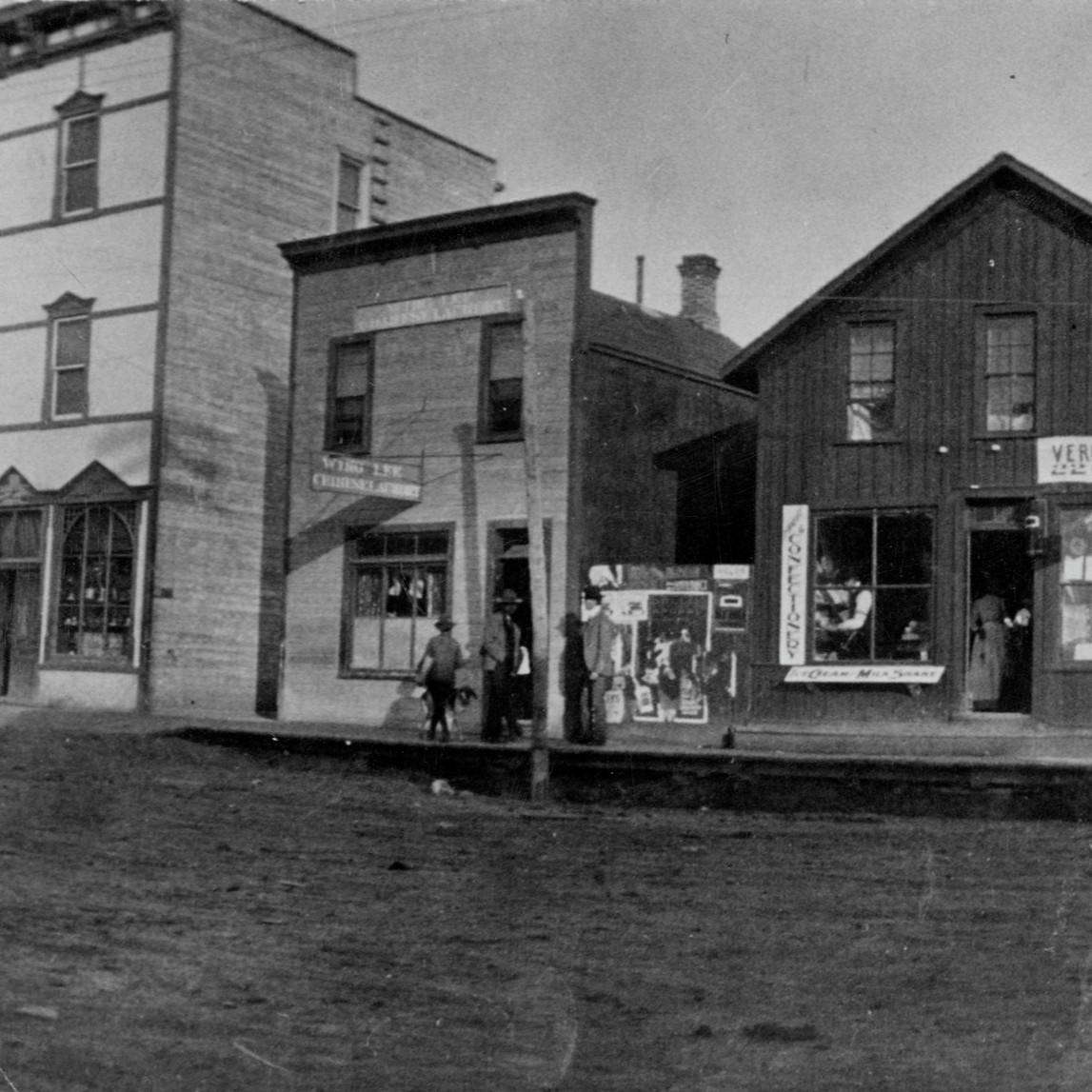
Chinese Hand Laundries: A History of The First Chinese Entrepreneurs in Edmonton
Cafes and laundries were common businesses for Chinese pioneers to start in early-20th century Edmonton. But the stories of their owners – and the discrimination that forced them into these industries – are less well-known. In the newest addition to ECAMP’s labour history series, author Jessica Szeto writes about laundry owners like Chung Kee and Sam Sing Mah, and the brutal conditions for laundry workers.


